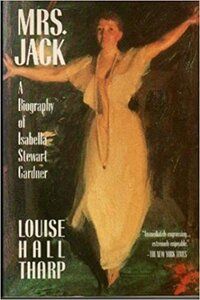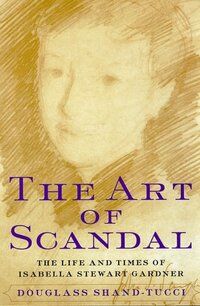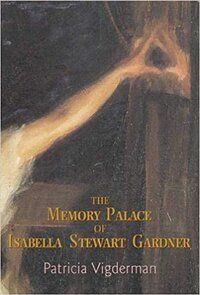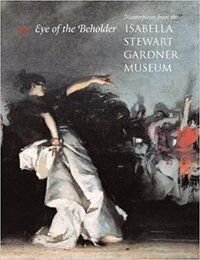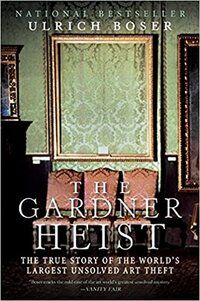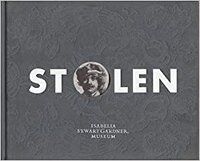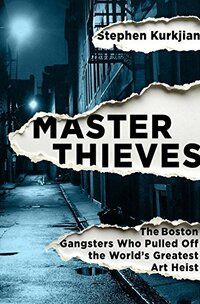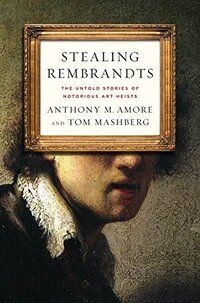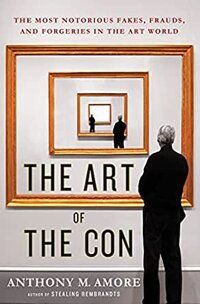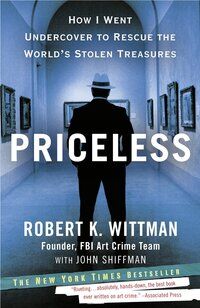It’s sage green. A color I would no longer pick. But I painted this room when we moved into this house seven years ago. I stare at the cobweb that’s formed since my last sweep through the house two days ago. It’s amazing how quickly that happens. I’m thankful for this antique drafting table I purchased on the cheap around Mother’s Day last year. My life now centers around this drafting table, this laptop, this monitor, this “Forever My POTUS” Obama mug full of pens. Eight hours a day, five days a week, my eyes don’t venture outside of this corner. And along with this expansive view comes the print that hangs above my seat. As with the color of the wall upon which it’s mounted, neither it’s hotel-style Impressionist Tuscan landscape vibe or it’s ornate gilded frame are my style. They were when we proudly purchased this print on a cruise in our mid-20s (ah, remember when you could travel? Memories). I stare at this perfectly adequate piece of art and hate the person I once was. I wish to have art collector money to ensure my eyes no longer have to be accosted by art purchased during a time where my frontal lobe had not even yet finished forming.
While escaping this view during a visit of some friends in Boston, they recommended that we make a trip to the Isabella Stewart Gardner Museum. The name was familiar as I had just recently started listening to a podcast about the infamous theft that occurred there in March 1990. Shortly after midnight, two people posing as police officers approached the museum, letting the security guards on duty know that they were there to address a call about a disturbance. They then tied up the guards and proceeded to steal 13 works of art. Most works cut out of their frames, these priceless pieces included the only seascape Rembrandt had ever painted as well as paintings and sketches by such heavy hitters as Degas, Vermeer, Manet, and Flinck. The FBI went on to value the stolen property at over $500 million. Not a single one of the pieces have been recovered.
Besides the horror of the robbery itself, this crime took on more significance. The Isabella Stewart Gardner Museum was not your run-of-the-mill art museum. Isabella Stewart Gardner, born in 1840, hailed from a wealthy linen-merchant. Raised in Manhattan, she lived in Paris for some time and after marrying her husband Jack, moved to Boston. During their travels abroad, Isabella would go on to cultivate her love of collecting art. It began with books. And it would coalesce into an obsession with paintings, sketches, and sculpture.
After Jack’s unexpected death in 1898, Isabella would finally realize her dream of housing her very own art museum. She would go on to commission a beloved local architect to build her a stately museum on Evans Way in Boston. Inspired by the Renaissance palaces of Venice, the building is centered around an enclosed courtyard and Gardner was deeply involved in each aspect of its design.

Upon her death in 1924 at the age of 84, her will announced a $1 million endowment of the museum to continue its exhibition permanently “for the education and enjoyment of the public forever.” There was, however, one main stipulation. Her permanent collection could not be altered in any way. She had painstakingly designed the installations of her collection throughout the museum, exhibiting each beloved piece precisely the way in which she wanted visitors to experience them.
So when the heist occurred in 1990, her requirement had been forever dismantled. The permanent collection as she had created it was no longer intact. Due to the desire to maintain Isabella’s vision, the frames remain hung in their original spots, now completely stripped of their artwork. It is at once striking and disturbing to see a large frame highlighting the very void that has so stunned the Isabella Stewart Gardner Museum since those early hours of Sunday March 18, 1990.
To learn more about this fascinating woman, her vision, and the robbery that would jeopardize it, check out the following collection of books.
Do note that there is a dearth of books on the topic of Isabella Stewart Gardner or the heist of her museum by diverse authors, including both authors of color and non–cis male writers.
The Woman
Mrs. Jack: A Biography of Isabella Stewart Gardner by Louise Hall Tharp
This biography of Gardner discusses her marriage, her relationship with some of the world’s most famous artists and authors, and the creation of her beloved museum.
The Art of Scandal: The Life and Times of Isabella Stewart Gardner by Douglass Shand-Tucci
Written by an historian of American art and architecture and New England studies, this book recounts the incredible life of Gardner.
The Museum
The Memory Palace of Isabella Stewart Gardner by Patricia Vigderman
This book serves as a tribute to both the woman and her museum. It speaks to Garner’s personality, friendships, feminist spirit, and her desire to leave the world with one astonishing gift.
The Isabella Stewart Gardner Museum: A Guide by Christine Nielsen and Nathaniel Silver
Serving as the leading guide to this famous museum, this book takes you through the hallowed halls of the Isabella Stewart Gardner Museum. It creates connections to the works and the world into which they were birthed.
Eye of the Beholder: Masterpieces from the Isabella Stewart Gardner Museum by Alan Chong, Richard Lingner, et al.
Filled with 120 colored plates, modern artists and thinkers share their experiences alongside Gardner’s own contemporaries and the works highlighted in her museum.
The Theft
The Gardner Heist: The True Story of the World’s Largest Unsolved Art Theft by Ulrich Boser
In this national bestseller, the author takes a deep dive into the infamous heist, the art underworld, and the very woman that inspired the entire story.
Stolen by the Isabella Stewart Gardner Museum
This book is the first authorized by The Isabella Stewart Gardner Museum on the topic of the happenings of March 1990. It gives a look into the robbery itself and the pieces which appear to be lost to history.
Master Thieves: The Boston Gangsters Who Pulled Off the World’s Greatest Art Heist by Stephen Kurkjian
Following the famous heist from its inception to the early hours of March 18, 1990, this book discusses the Boston FBI’s investigation, the suspects themselves, and what happened to the works in question.
Stealing Rembrandts: The Untold Stories of Notorious Art Heists by Anthony M. Amore with Tom Mashberg
Written by the head of security at The Isabella Stewart Gardner Museum, this book gives insight into some of the biggest thefts of Rembrandt’s works throughout history and the black market that motivates art theft.
The Art of the Con: The Most Notorious Fakes, Frauds, and Forgeries in the Art World by Anthony M. Amore
Also written by the head of security at the museum, Amore regales us with some of history’s most notorious cons that haven’t received attention. It shares some of the most used techniques con artists use when it comes to the world of fine art.
Priceless: How I Went Undercover to Rescue the World’s Stolen Treasures by Robert K. Wittman with John Shiffman
Written by the founder of the FBI Art Crime Team, this New York Times Best Seller discusses his illustrious career. This memoir tracks his role in attempting to recover priceless art and antiquities taken in some of the world’s most famous art robberies.
My experience at The Isabella Gardner Museum has me seeing this much-hated print in a different light. What is the history of this piece of art? Where does it reside now? Would Isabella Stewart Gardner have happily added this piece to her collection? And would something I see as such an eyesore catch the eye of an art thief, with the promise of a payday motivating them to put their freedom on the line? In the end, we know all art is relative. As one of my book recommendations stated, it’s “in the eye of the beholder”. And it’s obvious that the eye of Mrs. Jack was one of a keenly observant and visionary woman.
Source : Isabella Stewart Gardner: Books About the Woman, the Museum, and the Theft
